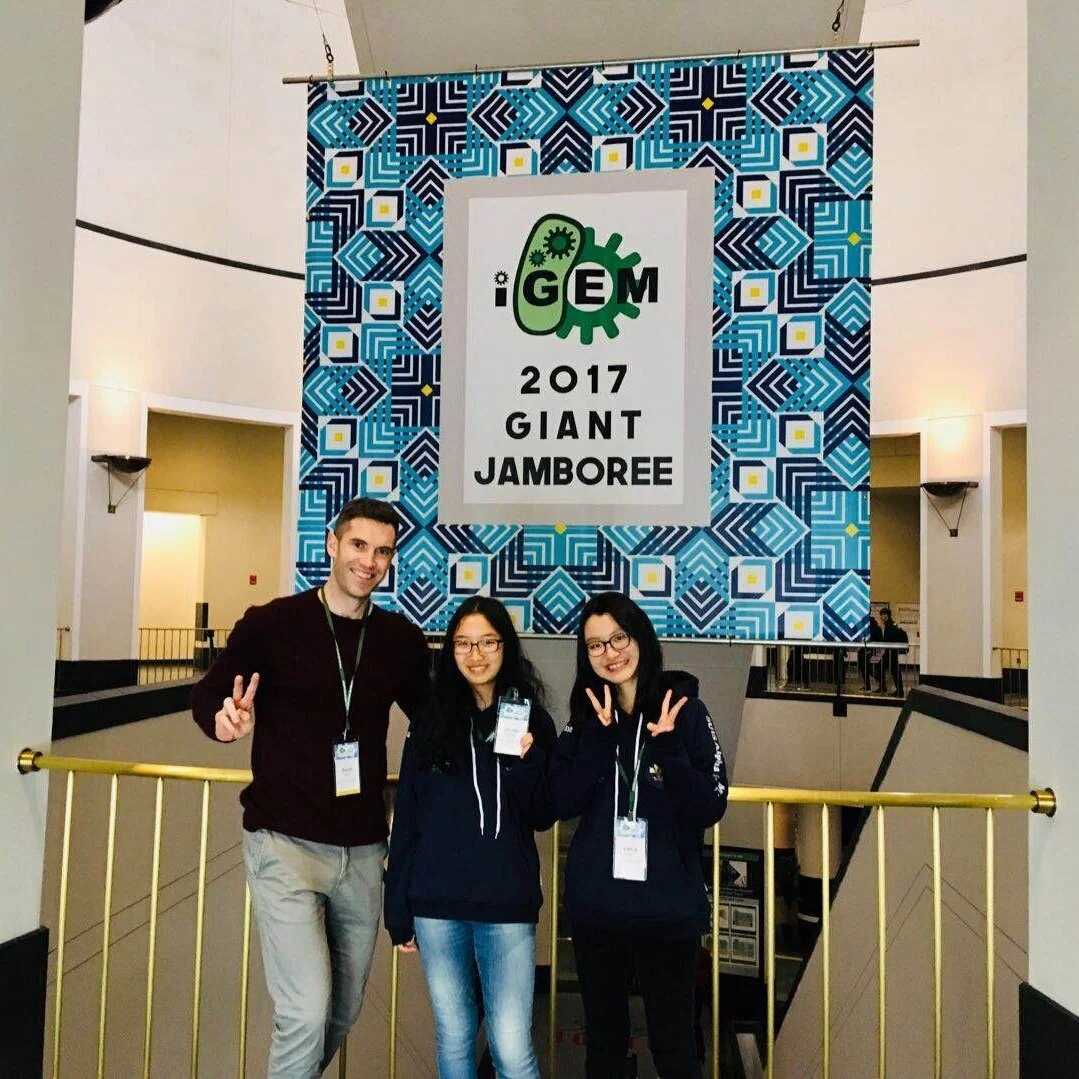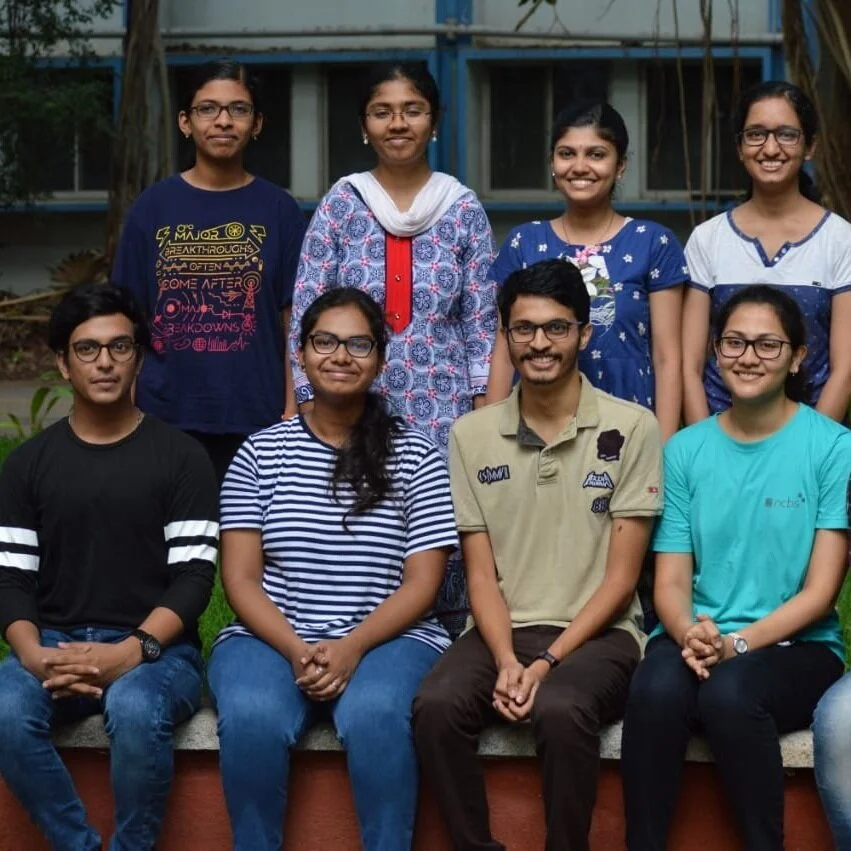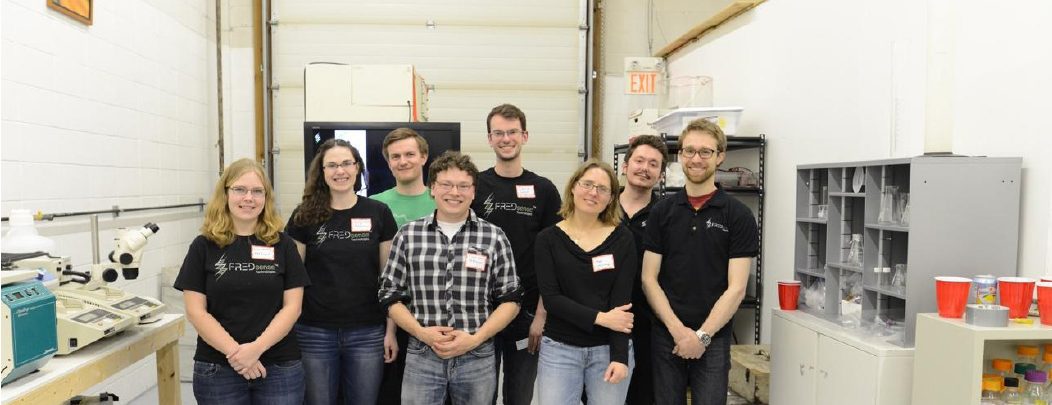Teaching biology as an engineering discipline: A conversation with the SUIS High School Team
By Nannan Jiang, iGEM instructor for the 2018 University of Tennessee iGEM team
“What do you think of when I say engineering?,” asks Mr. David Doyle, lead instructor for the Shanghai United International School (SUIS) iGEM Team. Students typically respond with areas such as electrical, industrial, or computer engineering, but do not make the connection between engineering and biology. Realizing this apparent disconnect, the 2018 SUIS iGEM team set out to study this issue, which won them the Best Education & Public Engagement Award at the high school level.
Photo credits: David Doyle
The SUIS High School seeks to transfer western pedagogy into China and prepare the majority of its students for college abroad. In fact, David first heard about iGEM during his travels abroad in Japan while reading Regenesis, authored by Harvard Geneticist Dr. George M. Church. Upon his return, David successfully pitched the idea to the SUIS School Board, and then developed a co-curricular activity through the BioBuilder Club, an educational curriculum invented by Dr. Natalie Kuldell of the Massachusetts Institute of Technology (MIT). Because BioBuilder teaches engineering with biology, this program serves to educate both teachers and students. The SUIS iGEM Team then emerged from the BioBuilder Club through casual conversation, and attended its first iGEM Jamboree in 2017.
The 2018 SUIS iGEM Team sought out to address this perception of biology as an engineering science through a rigorous survey study. The Team initiated the study by spending considerable time focusing on methods for unbiased data collection. The detailed methods analysis resulted in a three-part survey, focusing on instructor experience, perspectives on biodesign, and barriers of entry, respectively. The goal-oriented preparation served them well, as the Team is currently preparing the 2018 data into a manuscript. David advises to keep publication quality in mind not only when performing experiments at the bench, but also with other aspects including Human Practices.
Systematically, the Team surveyed 115 educators through Advanced Placement (AP), Cambridge Assessment International Education (CAIE), International Baccalaureate (IB), and Next Generation Science Standards (NGSS) systems. Surprisingly, over 85% of respondents indicated a lack of familiarity with synthetic biology. However, most respondents were indeed supportive of incorporating engineering and biodesign into the classroom, suggesting that personal mindset was not a contributing factor to the above finding. Hinting at a potential resolution, over 90% of respondents cited insufficient training opportunities in this area. Additionally, the Team found that newer instructors were more likely to teach synthetic biology compared to more seasoned ones. Teachers with higher education levels were also more likely to teach engineering and design.
Realizing a considerable number of international educators cited lack of resources for biodesign, the SUIS Team developed lesson plans to incorporate synthetic biology into the curriculum using the current 5E teaching model. The intent here was to update the curriculum without affecting teaching pace, a common concern in AP/IB schools. In preparing his students for a career beyond exams, David emphasized that skill sets in the area of synthetic biology accurately reflect current industry demands. Addressing this need, the Team’s BioDesign LaunchPad ToolKit shared several lesson plans primed for seamless integration into the current curriculum. Approximately half of all survey respondents agreed to receive and incorporate lesson plans created by the SUIS Team. The Team plans to follow-up with these respondents to capture before and after data with respect to incorporating the SUIS lesson plans.
The SUIS Team clearly dedicated considerable time on the Human Practices component – but what drove this motivation? Perhaps not surprisingly, high school teams may not be as well equipped instrumentally compared to other university-based teams. In this regard, the SUIS Team recognizes the Shanghai Jiao Tong University iGEM Team and the East China University of Science and Technology iGEM Team for their gracious assistance and access to key resources. Still, the SUIS iGEM Team leveraged this opportunity to put significantly more time into Human Practices. While other teams may be putting upwards of 90% of their time on experimentation, the SUIS Team concentrated about 50% of their time on Human Practices.
Photo credits: David Doyle
Following their iGEM experience, David notices that “students are clearly more confident after iGEM.” Former SUIS Team member Zhizhu Zhang, currently a sophomore at Vanderbilt University, says she sees the “importance of recognizing legal, bioethical, and societal implications stemming from the scientific advancement” following her iGEM experience. She credits iGEM as making her “more certain of the pursuit of science as [her] college [major] and very likely [her] future career path.” “iGEM’s emphasis on Human Practice made me reflect more on how science contributes to the community and the society,” says Yutong Xu, another former SUIS iGEMer and current freshman at Brandeis University. Through their international survey, she learned that “there still lacks proper education of bioengineering in school, and moreover, not enough knowledge is conveyed to the general public.”
The 2019 SUIS Team addressed the Human Practices component by turning STEM into STEAM, resulting in an art competition among all SUIS campuses. This artistic element stressed an interdisciplinary opportunity, opening the door for students with other passions such as art. For example, graphic design can be a very effective form of science communication, as images indeed span multiple languages. This idea may be best exemplified by former SUIS iGEMer Kewei Lin, who stated iGEM “strengthened [her] will to choose design as [her] college major. A freshman in Design at Northeastern University, Kewei “would like to become a graphic designer who is able to integrate art with all other fields in the future.”
Biology is now an engineering science, and this needs to be reflected in our curriculum. David suggested a two-pronged method using a top-down approach with policymakers and bottom-up approach through BioBuilder Clubs. David plans to reach out to the AP, CAIE, and NGSS systems in this regard. He hopes that once larger educational systems recognize the synthetic biology discipline, students globally can then benefit from subsequent trickle-down effects. 2018 iGEM Ambassador Hong (Rebekah) Chen is equally hopeful, finding that “government and compan[ies] become more and more supportive about synthetic biology.” David advises other iGEM teams, particularly new ones, to start early and clearly identify the outcomes of not just experiments, but also other categories such as Human Practices. 2019 iGEM Ambassador Dorothy Zhang reminds us that “logically we start with Human Practices to identify a societal need.” This idea of goal-setting will prove useful for students in the future, and prevent them from treating other categories as check-boxes. SUIS demonstrated how a relatively new team in their second year can achieve global impacts. We look forward to seeing how iGEM will serve as a platform from which to propel greater future advancements.








